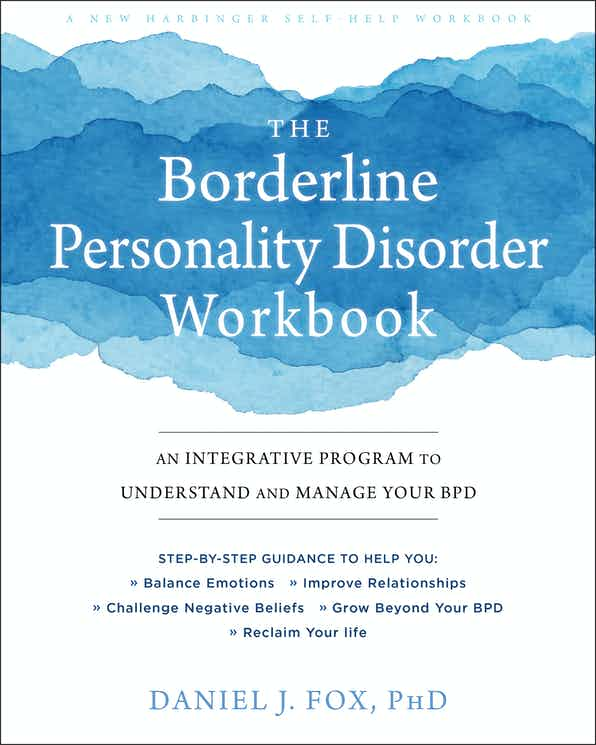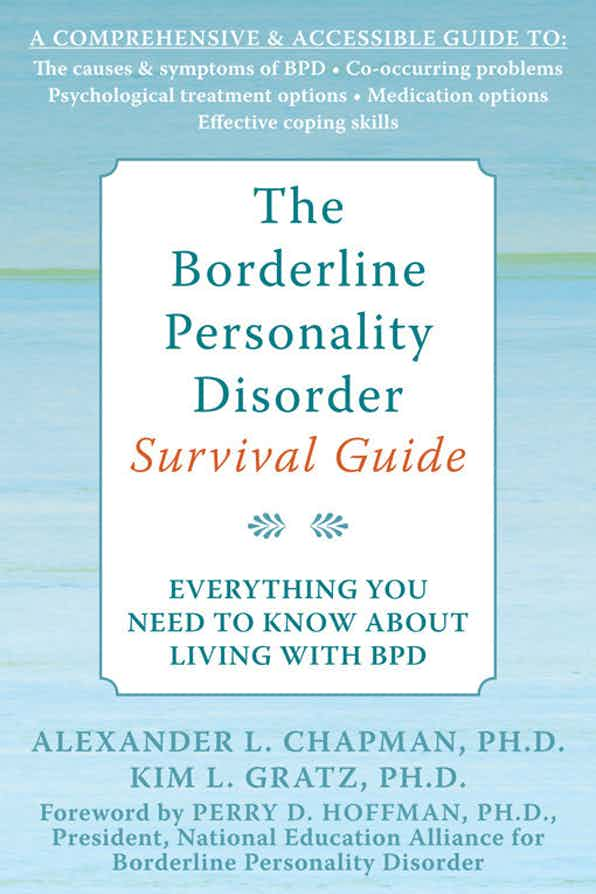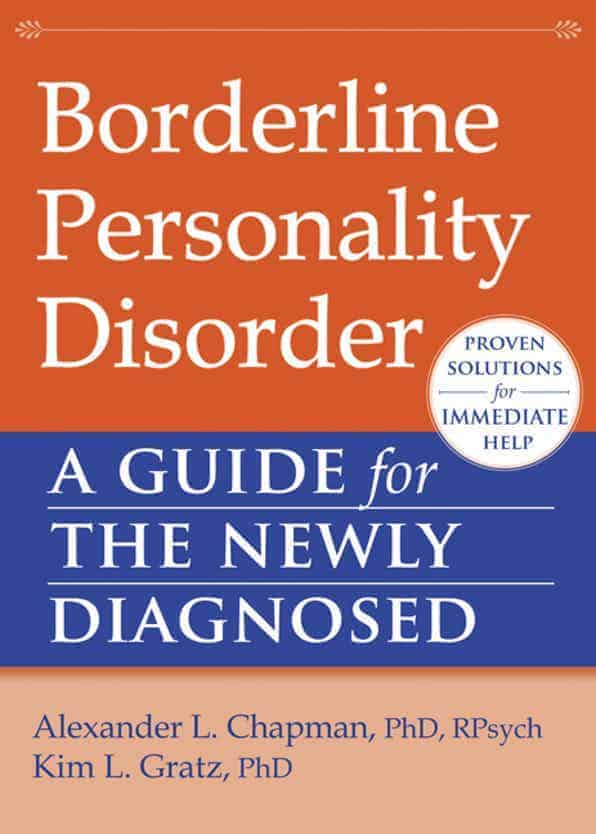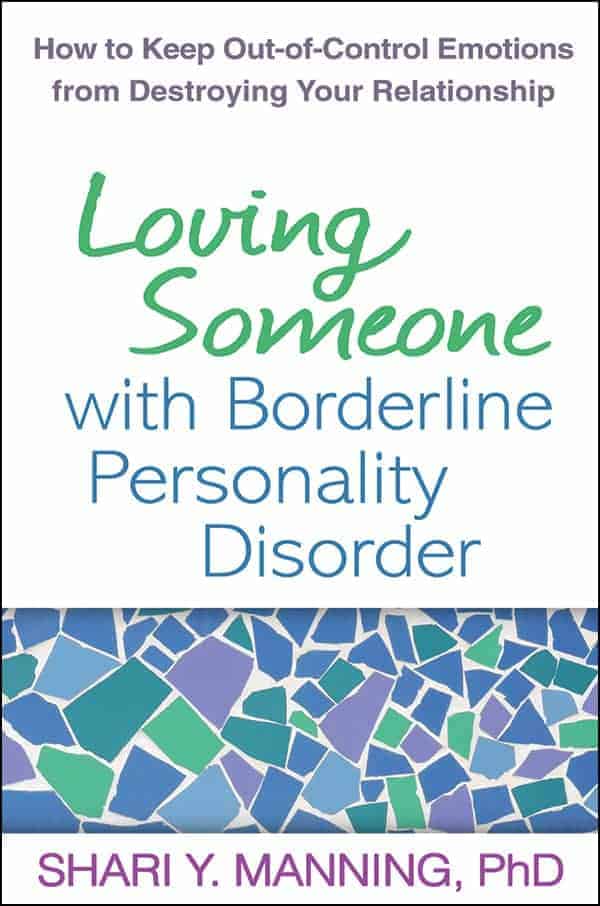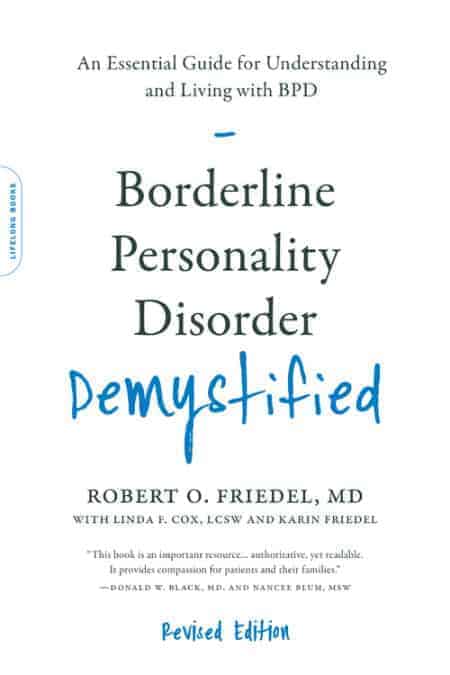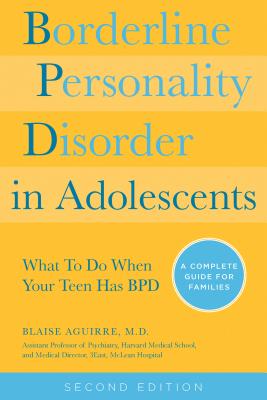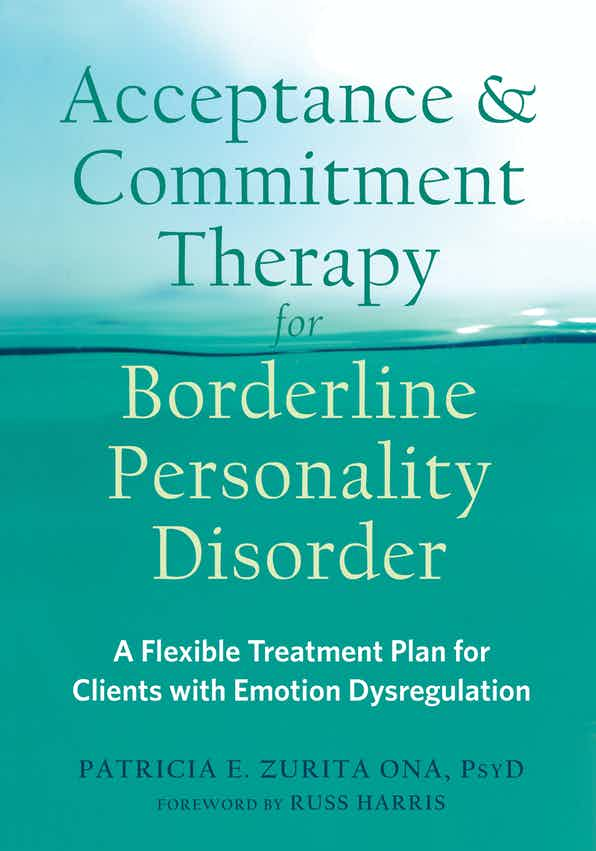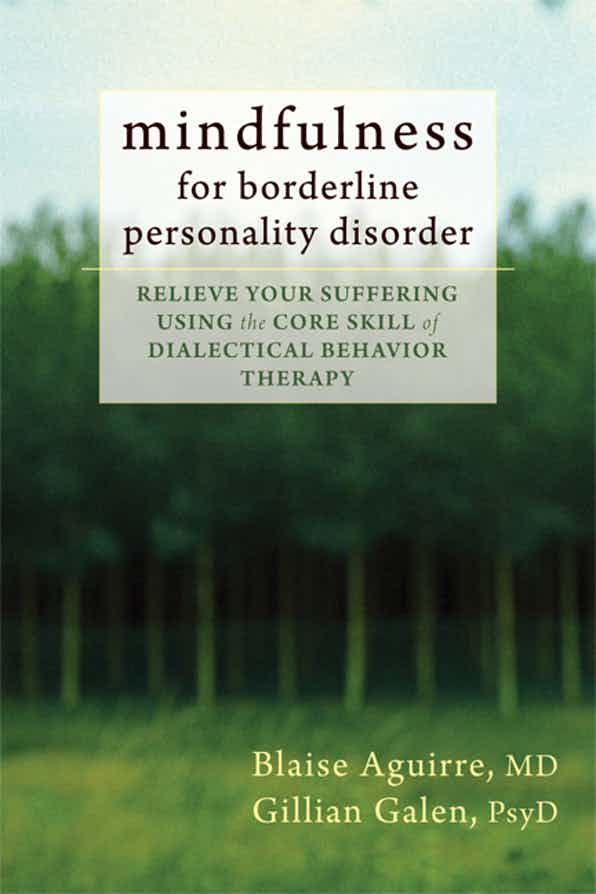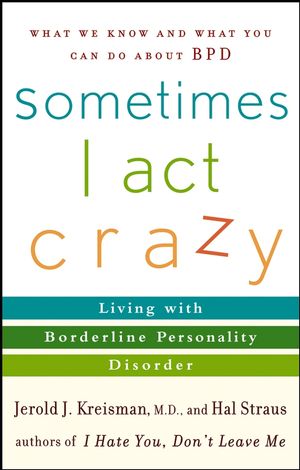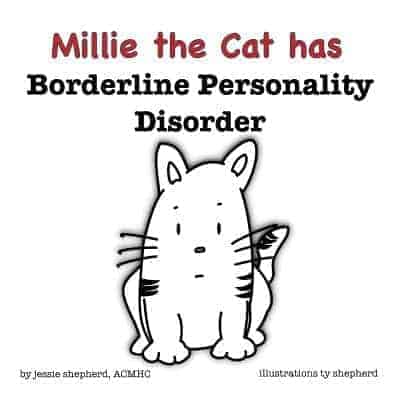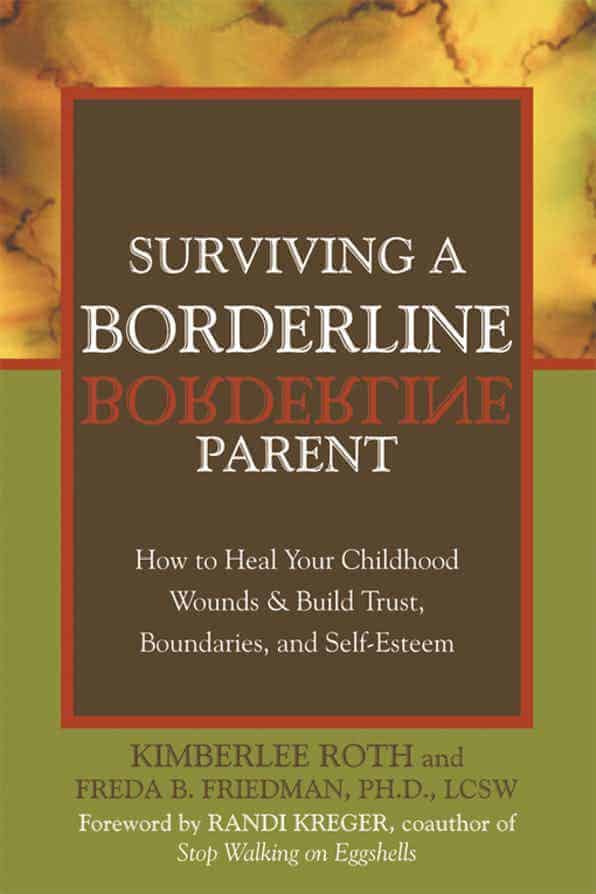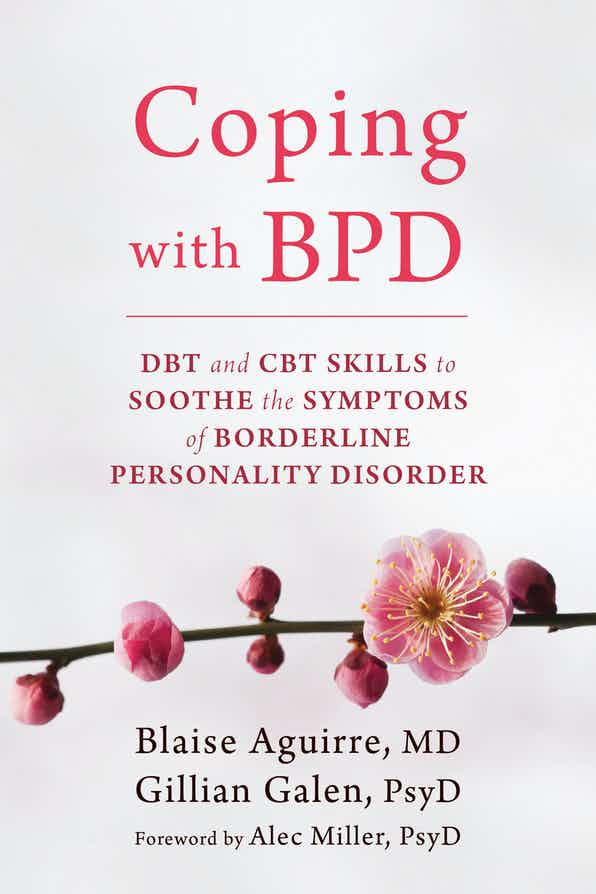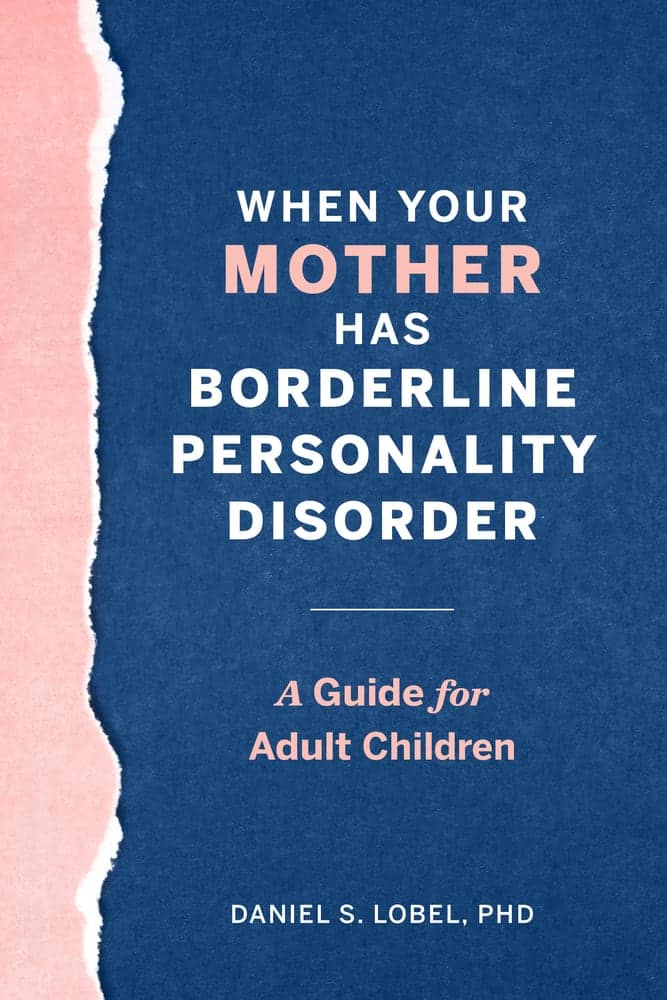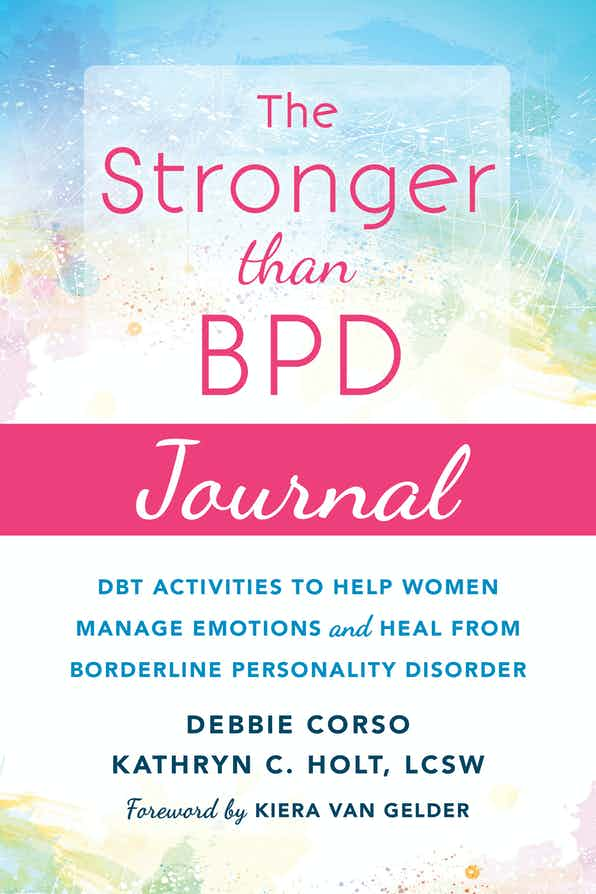Mental Health and Conditions
Borderline Personality Disorder (BPD)
THC Editorial Team March 31, 2021

Contents
- Overview
- Symptoms of Borderline Personality Disorder
- Subtypes of Borderline Personality Disorder
- Causes and Risk Factors of Borderline Personality Disorder
- How Is Borderline Personality Disorder Diagnosed?
- Treatments for Borderline Personality Disorder
What Is Borderline Personality Disorder?
Borderline personality disorder (BPD) is a complex and serious mental health condition often characterized by highly volatile and chaotic emotions. People who experience BPD tend to have difficulty managing their emotions, moods, and impulses and may experience problems in their interpersonal relationships as a result.1 In particular, people with BPD have challenges with self-control.
Individuals with BPD tend to have a distorted self-image and face negative emotions and self-judgments, including feelings of worthlessness, insecurity, emptiness, or chronic boredom. As a result, they may look for solace in risky, or addictive behaviors, such as binge eating, substance misuse, promiscuity, or gambling.2 They may also engage in other self-destructive behaviors, including self-harm (e.g., cutting, burning, biting, bruising, or scratching). Individuals with BPD may also be more likely to have a history of suicide attempts.3
What Are the Symptoms of Borderline Personality Disorder?
The onset of borderline personality disorder typically occurs in young adulthood. While BPD symptoms are usually at their worst in the early stages, they may dwindle with age.4 Children may exhibit symptoms similar to BPD but may be diagnosed with another condition.1
BPD symptoms can be psychological or somatic (physical). Symptoms associated with BPD often overlap with other conditions, such as chronic fatigue syndrome, Epstein-Barr virus, and fibromyalgia.5 As a result, many people with BPD are misdiagnosed.
Psychological symptoms of BPD include the following:
- relationship difficulties
- mood swings
- self-identity issues
- self-image issues
- paranoia
- feelings of emptiness4
- poor self-control
- uncontrollable rage
- self-mutilation
- substance misuse
- suicide attempts
- dissociation
- chronic boredom1
Somatic complaints associated with BPD include the following:
- weakness
- dizziness
- fainting
- fatigue
- movement disorders
- headaches
- nausea
- abdominal pain
- constipation
- diarrhea
- painful intercourse
People who have BPD may experience a chronic state of emotional upheaval that affects their ability to remain grounded, present, and clearheaded. They often experience intense episodes of depression, anger, anxiety, and fear of abandonment.1 They may also experience fear of being engulfed or smothered or of losing themselves in relationships.6
These feelings can lead to problematic dispositions, such as all-or-nothing mindsets, distorted judgment, unstable self-conception, poor impulse control, and increased sensitivity to small disruptions in daily life.7 Because the emotional experiences of many individuals with BPD can be unstable and mutable, they may have conflicted, tumultuous relationships or even preemptively end those relationships if their fears are not appropriately dealt with or mitigated.8,9
Subtypes of Borderline Personality Disorder
Although people’s experiences with BPD differ widely, psychologists have identified certain commonalities.10 In 1996, Millon and Davis categorized BPD into four distinct subtypes, described below.11
Impulsive
People who are classified as having the impulsive subtype of BPD can oscillate frequently between demonstrating a friendly disposition and demonstrating a hostile disposition. They can be easily bored and may pursue thrill-seeking behavior. People who fit into this subtype of BPD have a pronounced inability to moderate their impulses, which can sometimes lead to self-mutilation and suicide attempts. They also commonly display a negative temper and may resist treatment for their condition.
Petulant
People who are classified as having the petulant form of BPD vacillate between explosive anger and feelings of unworthiness. Because they fear abandonment, they may go to great lengths to avoid it. They can be controlling, overprotective, possessive, and jealous. Because they have trouble soothing themselves, they may turn to drugs, alcohol, and food for comfort.
Discouraged
People who fall into the discouraged category of BPD may display clinginess, neediness, passivity, or dependence. They often feel an emptiness and may dislike being alone. Rather than acting out, they tend to turn against themselves through self-harm, self-mutilation, and suicide attempts.
Self-Destructive
High levels of self-hatred motivate the self-destructiveness common among people with this subtype of BPD. They may be highly sensitive and moody, with feelings of bitterness and depression. They often seek attention because it comforts them. They are prone to reckless driving, substance misuse, risky sexual behaviors, and eating disorders.12
Causes and Risk Factors of Borderline Personality Disorder
The etiology of BPD is largely unknown. However, current research supports the theory that environmental, genetic, and biological factors are players in the development of BPD.13
Environmental
Studies indicate that childhood physical and sexual abuse correlate highly with a BPD diagnosis.14 Other risk factors can include childhood or adolescent abandonment, instability in family life, and poor communication between family members.15
In 1996, professors at McGill University in Montreal, Canada, conducted a study to determine risk factors of BPD in children ages 6 through 12. This age span is believed to be the time in which children have significant formations in personality. Ninety-eight children were assessed using the Child Diagnosis Interview for Borderlines. Two groups were formed, those with BPD and those without BPD. Each child was given an abuse score and a parental dysfunction score. The results revealed that the risk factors that were unique to BPD included sexual abuse, physical abuse, neglect, and substance abuse/criminality in parents. Sexual abuse and neglect were found to be significantly high factors in this group. The BPD group also had higher abuse scores and parental dysfunction scores.14
Biological
While little is known about the biological causes and risk factors in those with BPD, some studies have found differences in peoples’ brain structure and function.
In one study published in 2007, researchers at McGill University reviewed evidence on the neuroanatomical and genetic variance of those with BPD compared to those without. The researchers found that people with BDP may have several differences in both the physical structures of and functions in their brain. Some clients were found to have hypometabolic activity in the emotion regulation and control centers of the brain, as well as excessive activation of the limbic areas when in use. These differences may explain much of the emotional and mood turbulence in people with BPD. Other images revealed differences in the amount of frontal lobe, amygdala, and gray and white matter in the brains of people with BPD.16
Genetic
The current data indicate that people with BPD may have short alleles that are linked with decreased levels of serotonin and increased levels of impulsive aggression. However, more research is needed in this area.16
How Is Borderline Personality Disorder Diagnosed?
In order to be diagnosed with BPD, five of the nine clinical features or symptoms below must be present, according to guidelines provided within the Diagnostic and Statistical Manual of Mental Disorders (5th edition; DSM-5):17
- inability to tolerate abandonment with frantic efforts to avoid it
- unstable and intense interpersonal relationships
- a shaky self-conception or an absence of self-identity
- impulsive or risky behavior related to food, money, sex, drugs, alcohol, or driving
- a history of suicidal threats, suicide attempts, or self-mutilation
- emotional instability with marked mood swings18
- feelings of emptiness
- intense and inappropriate anger that is difficult to control
- paranoid ideation (believing that people in their life are out to get them)19 or dissociative symptoms caused by stress (feeling disconnected from their body or from the world)20
To receive a diagnosis of BPD, you must meet with a psychiatrist or mental health professional to discuss your signs and symptoms. There you will have an in-depth interview and complete a psychological or psychiatric evaluation and a medical history.4
Treatments for Borderline Personality Disorder
Although BPD can present tremendous challenges for people who experience it, treatments and support options exist. Below are descriptions of several treatment options:21
Dialectical behavior therapy (DBT)
Dialectical behavior therapy (DBT) uses mindfulness to identify how thoughts lead to actions. DBT is the most widely used treatment process for those experiencing BPD, especially those with chronic suicidal ideation. In 2006, a study was published that tested the effectiveness of DBT for individuals with BPD versus therapy given by experts in suicidal behaviors. Marsha M. Linehan, professor of psychology at the University of Washington and founder of DBT, conducted the study over a 2-year span. Her results delineated that clients treated with DBT were half as likely to attempt suicide, had fewer hospitalizations for suicidal thoughts, and were less likely to discontinue treatment.22
Schema-focused therapy (SFT)
Schema-focused therapy (SFT) challenges unhealthy beliefs from childhood wounds that give rise to self-defeating behaviors. Joan M. Farrell, codirector of the Schema Therapy Institute Midwest, launched a study in 2009 that tested the effectiveness of SFT for people with borderline personality disorder. SFT was added to 32 clients’ individual psychotherapy routine, and after 8 months, 94% of test subjects no longer met the diagnostic criteria for BPD, while only 16% of the control group no longer met BPD diagnostic criteria.23
Mentalization-based therapy
Mentalization-based therapy can improve social functioning in people with BPD who experience depression and anxiety by helping them identify their mental states and the mental states of others. In 2008, professors at University College London published the results of an 8-year-long study that sought to compare the effectiveness of mentalization-based therapy with typical treatment in clients with BPD. The researchers found that 5 years post-discharge, clients who received mentalization-based therapy had a substantially marked decrease in suicidality, diagnosis status, service use, and medication use compared to those who received typical treatment.24
Transference-focused therapy (TFP)
Transference-focused therapy (TFP) allows clients to project feelings and thoughts onto the therapist. The therapist can then identify how the client relates to others. A study conducted in 2018 by researchers at the Medical University of Vienna in Austria monitored the reflective function (self-awareness and awareness of others) of 92 clients with BPD during either TFP or treatment by experienced community therapists. The researchers found that after 1 year, clients receiving TFP had substantially greater reflective function than those being treated by community therapists.25
Pharmacotherapy, or Medication
Pharmacotherapy, or medication, can help a person manage symptoms such as depression and anxiety. Antidepressant, antipsychotic, and antianxiety medications and mood stabilizers are most effective when combined with psychotherapy.26 Michael P. Bogenschutz, professor of psychiatry at New York University, led a study in 2004 that examined the efficacy of olanzapine, an atypical antipsychotic medication often used in the treatment of BPD. Bogenschutz randomly assigned 40 people (men and women) with BPD to either a group treated with olanzapine or a group given a placebo. Bogenschutz found that olanzapine was far more effective than the placebo in treating the people with BPD.27
Hospitalization
- Inpatient hospitalization is appropriate if a person experiences extremely intense and unmanageable emotions.
- Partial hospitalization programs offer intense daily treatment after discharge from an inpatient facility.
For some people, partial hospitalization is the most feasible option. A 1999 study headed by two professors at University College London measured the success of both psychoanalytic partial hospitalization and typical psychiatric treatment for clients with BPD. The data revealed that those who received partial hospitalization had a decrease in suicide attempts, self-harm, use of medicine, and self-reported symptoms of depression and anxiety compared to the control group.28
Complementary Treatments
- Self-help treatments include researching and learning more about one’s condition and working to develop effective and healthy coping and support skills. This can include reading books, listening to podcasts, or downloading self-help apps.
- Support groups for people with BPD are accessible online or in person.















